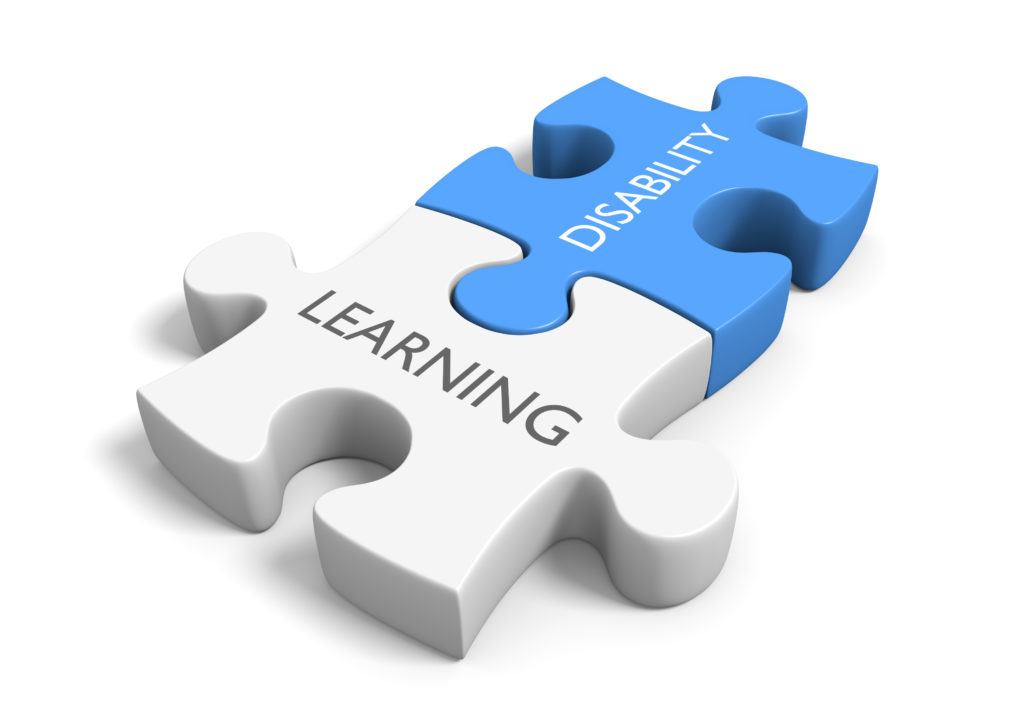
LDs – which is short for learning disabilities – affect one or more of the ways that a person takes in, stores, or uses information. LDs come in many forms and affect people with varying levels of severity. Between 5 and 10 percent of Canadians have LDs. They are not caused by environmental factors such as cultural differences or socio-economic status, although such factors can compound their impact. LDs are also a life-long condition – they do not go away – but can be coped with successfully by using areas of strength to compensate and accommodations such as technology.
LDs can interfere with learning basic skills such as reading, writing, and math. They can also interfere with higher level skills such as organization, time management and social communication skills.
Such difficulties reflect impairments in what we call ‘psychological processes’; for example:
- Phonological processing (identifying and manipulating speech sounds)
- Working memory (holding information in mind while also using the information)
- Processing speed (speed of taking in, using or pulling out information)
- Language processing (understanding and expressing information using words)
- Visual-spatial processing (perceiving or organizing visual information)
- Executive function (planning and organizing)
- Visual-motor processing (carrying out hand-eye activities)
LDs and their effects are different from person to person, so a person’s pattern of learning abilities need to be understood in order to find good, effective strategies for compensation.
A quick example: a student could have an LD that affected her reading-and-understanding. She knows how to read, but the process of decoding the words and sentences takes so much effort that she comprehends little of what she’s read. This student has learned that this is the case, and now records lectures to listen to later, and listens to audio-books on tape and CD. She has compensated by using her strong listening skills.
